

Rosy prospects for the pet supplies trade and a trend towards premium products: these are the images conjured up by small animals and rabbits. Only the procurement of small animals is causing the trade problems.
Three statistics worth considering: pet owners in the USA spent nearly $ 200 mio last year on feed-ing their small animals and rabbits, Germans spent € 105 mio and the Italians spent at least € 70 mio. Compared with the overall size of the pet sector in the respective countries, these are very small amounts, but growth is in evidence in virtually every country on the planet, and this has been the case for some years. Only in central Europe do some countries report low growth or even stagnation.Some manufacturers of premium food in particular report that the market for small animals in many countries is far from being as developed as that in Germany or England, for example. Slovenia is exhibiting strong growth at present, reports Hartmut Englisch, managing director of the German company Bunny Tierernährung. This is confirmed by Milena Zadravec, president of Hobby Program, the Slovenian subsidiary of Vitakraft. Other industry experts have told PET worldwide that the potential in many countries is far from being exhausted, due to the lack of availability of many products and the unsatisfactory provision of information for customers. These are also the reasons for the low growth rates and stagnation.In western European countries in particular, high-quality products are highlighted as an especially important element of the small animal segment. This relates almost exclusively to food and treats. Smaller manufacturers, however, have been applying the premium concept increasingly in recent years to the sphere of toys and equipment too. Small animal houses made of wood are an example of this; these are now almost on a par with home furniture in quality and usually endure well beyond the life of the pet. The same goes for small animal cages, which now come in increasingly colourful styles and with a growing range of accessories in many countries. It is reported by internationally active manufacturers that customer acceptance varies considerably from country to country and individual ranges only sell in certain countries. European customers set greater store by natural features, while customers in North America and the Far East prefer a wide variety of shapes and colours.Pet sourcing a problemLocal breeders, many of whom operate on a private basis, are an important factor for the pet supplies trade when it comes to buying healthy animals. In the case of pet store chains with outlets nationwide, this system avoids logistical problems above all and ensures swift…
Related articles
Read also

 Menü
Menü

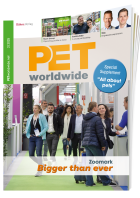




 1-2/2011
1-2/2011





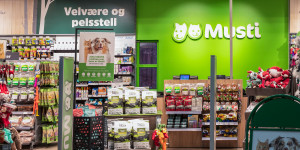

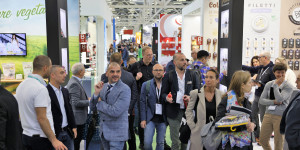

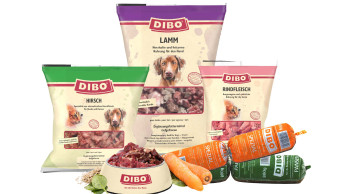
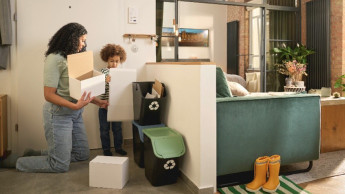
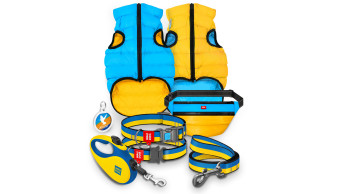
 Newsletter
Newsletter